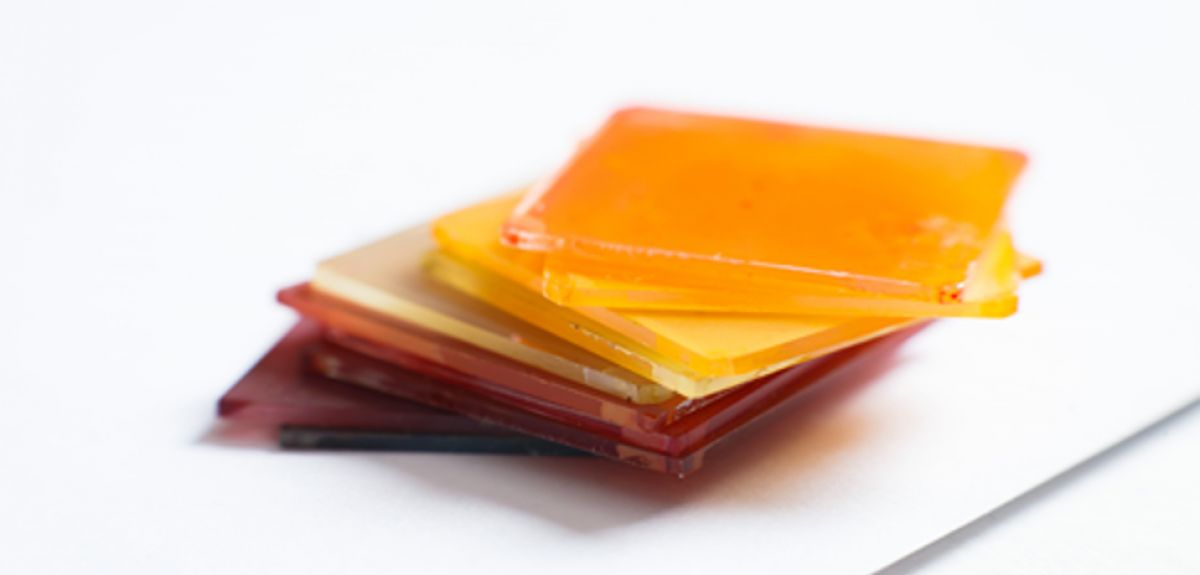
Photo: Douglas Fry
Flaw clue to building a better solar cell
Materials called perovskites could revolutionise the solar and electronics industries as they could potentially convert sunlight into electricity more efficiently and less expensively than today's silicon-based semiconductors.
A new study published in Science by researchers from the University of Washington and Oxford University suggests that perovskite materials, generally believed to be uniform in composition, actually contain flaws that can be engineered to improve solar devices even further.
'Perovskites are the fastest-growing class of photovoltaic material over the past four years,' said lead author Dane deQuilettes, a University of Washington doctoral student working with UW's professor David Ginger who spent several months as a visiting student in Professor Henry Snaith's group at Oxford University. 'In that short amount of time, the ability of these materials to convert sunlight directly into electricity (currently at an efficiency of 20 percent) is approaching that of today's silicon-based solar cells (25 percent efficiency), rivalling technology that took 50 years to develop. But we also suspect there is room for improvement.'
The research team used high-powered imaging techniques to find defects in the perovskite films that limit the movement of charges and, therefore, limit the efficiency of the devices. deQuilettes and the team used a technique called confocal optical microscopy, which is often used in biology, and applied it to semiconductor technology. They used fluorescent images and correlated them with electron microscopy images to find 'dark' or poorly performing regions of the perovskite material at intersections of the crystals. This surprising result held true even for samples corresponding to the state-of-the-art solar cell efficiencies. In addition, they discovered that they could 'turn on' some of the dark areas by using a simple chemical treatment.
The images offered several surprises but also will lead to accelerated improvements in the materials' uniformity, stability and efficiency, according to Ginger, the paper's corresponding author. 'Surprisingly, this result shows that even what are being called good, or highly-efficient perovskite films today still are 'bad' compared to what they could be. This provides a clear target for future researchers seeking to improve and grow the materials,' he said.
Co-author Dr Sam Stranks, who conducted the work at Oxford University's Department of Physics and is now based at MIT, said: 'We've seen device efficiencies increase by roughly 25% with this chemical treatment and the challenge is now to find other treatments and tricks to further improve these materials. The end goal would be to make the entire film uniformly 'bright' enabling us to have a solar cell operating at the thermodynamic efficiency limits.'
A report of the research, entitled 'Impact of microstructure on local carrier lifetime in perovskite solar cells', is published in this week's Science.
 New Year Honours 2026
New Year Honours 2026
 New study estimates NHS England spends 3% of its primary and secondary care budget on the health impacts of temperature
New study estimates NHS England spends 3% of its primary and secondary care budget on the health impacts of temperature
 International collaboration launches largest-ever therapeutics trial for patients hospitalised with dengue
International collaboration launches largest-ever therapeutics trial for patients hospitalised with dengue
 Oxford-built multi-agent assistant for cancer care to be piloted in collaboration with Microsoft
Oxford-built multi-agent assistant for cancer care to be piloted in collaboration with Microsoft